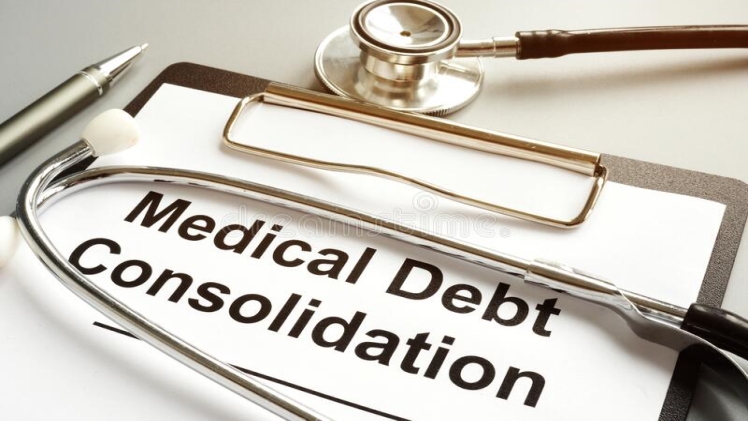If you’re drowning in medical bills, you may be considering medical debt consolidation loans as a way to lower your monthly payments and simplify bill paying. However, if done wrong, consolidating your medical debt could cause you to owe more money and miss out on certain medical bill credit protections.
In this article, we’ll discuss how medical debt consolidation works, how it can affect your credit, and medical debt consolidation options and alternatives.
How medical debt consolidation works
Medical debt consolidation is when you take out a new loan/line of credit to pay off current medical debts. These loans/lines of credit pay off the existing debt amount and you begin paying off the newly opened account, ideally with a lower interest rate.
Advantages of medical debt consolidation
Medical debt consolidation can save you money if your medical bills are racking up interest, like if you paid for your medical bills with a credit card. Keep in mind that there are some types of medical debt that don’t carry interest or have low-interest rates. In these cases, medical debt consolidation could cost you more since you’ll pay more to consolidate than you would by just paying off your debts.
Disadvantages of medical debt consolidation
Medical debt consolidation can add extra costs to your monthly payments, which can cost you more money over time. In addition, by consolidating your medical debt you could lose medical debt credit protections. An example of this is that credit bureaus won’t include medical debt on your credit report until your bills are at least 180 days late.
Medical debt consolidation options
Personal loans
Personal loans can provide reasonable monthly payments via low-interest rates and long repayment periods. However, you’ll probably need to have a good credit score to qualify for the best rates.
Balance transfer cards
With a 0% introductory APR balance transfer card, you’ll consolidate credit without having to pay interest for the length of the intro period. However, be aware of balance transfer fees and the fact that if you can’t pay you debt by the time the intro period is over, you could be stuck paying a very high APR on your remaining balance.
Secured loans
Secured loans—which are guaranteed by collateral like your house—can offer better interest rates and higher loan amounts than unsecured personal loans. However, if you can’t make your payments, you could lose your home or whatever collateral you put up, making this a very risky option for borrowers.
Medical debt consolidation alternatives
Credit counseling
Using a nonprofit credit counseling service can help you create a plan to manage your medical debt. You’ll make monthly payments to the service, who in turn will negotiate directly with your lenders.
Review your invoices
Mistakes on medical invoices are very common. Taking the time to check your invoice for mistakes such as double billing could help you save big.
Negotiate
You may be able to negotiate with your lenders to see about changing your repayment plan and/or balance amount. Be wary of the negative effective a “settled balance” could have on your credit, though, as settling isn’t the same as paying it off.
Bankruptcy
Bankruptcy may be an option if you’re still having trouble paying your bills. But since bankruptcy can have very negative consequences for your credit, it should only be considered as a last resort.
Medical debt consolidation may help you manage your expenses, but it’s important to understand the potential downsides. Whichever medical bill management option you decide to use, remember to always try to pay on time and in full.
By Stefanie Gordon
Stefanie Gordon is a content strategist with over a decade of professional writing experience. She is a former financial journalist who has spent the last several years working in digital marketing. She specializes in content strategy and creation for large and small businesses in finance and technology.

